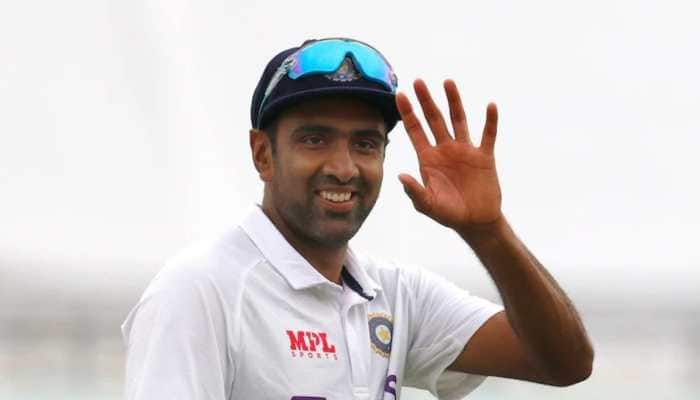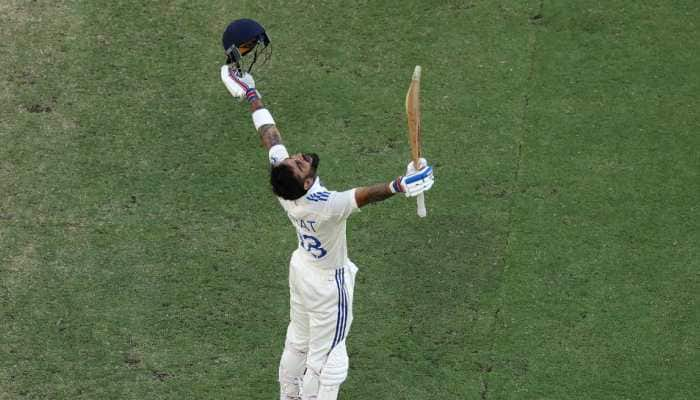Where demon-king Ravana's effigy isn't burnt
Locals believe that Ravana was devotee of Lord Shiva and burning his effigy will invite the wrath of Lord Shiva, the Hindu god of destruction.
Trending Photos
) Pic courtesy: Thinkstock image for representation purpose only.
Pic courtesy: Thinkstock image for representation purpose only. Baijnath: In this ancient pilgrimage town of Himachal Pradesh, known for the 13th century old Lord Shiva temple, the effigy of demon king Ravana doesn't go up in flames on Dussehra.
Locals believe that Ravana was devotee of Lord Shiva and burning his effigy will invite the wrath of Lord Shiva, the Hindu god of destruction.
An effigy is neither built nor is it set afire.
B.D. Sharma, a priest at the Baijnath temple dedicated to Lord Shiva, said people here are so inspired by Ravana's devotion to Lord Shiva that they do not want to burn his effigy.
He said Ravana meditated for years to appease Lord Shiva in this town and installed his 'lingam' where the temple stood.
They believed that burning Ravana's effigy would incur the wrath of Lord Shiva.
He said Ramlila is held in the town but the locals don't burn the effigy of Ravana and his brothers Kumbhkaran and Meghnath.
There is also a myth that anybody who participates in the effigy-burning ceremony in this town will die an unnatural death.
Middle aged Prakarm Chand, who was brought up in the town, said he has never celebrated Dussehra.
The markets in the town, some 60 km from the district headquarters town of Kangra, remain closed and people don't even buy fire crackers and sweets on Dussehra.
Even the town and its nearby villages do have any goldsmith shop because of the same religious belief.
According to the Hindu epic Ramayana, Ravana abducted Lord Rama's wife Sita. Lord Rama fought a war with Ravana to have Sita released from captivity. He defeated Ravana and killed him.
This episode is celebrated as Dussehra in many parts of India, with effigies of Ravana and his brothers Kumbhkaran and Meghnath being burnt.
Baijnath, located at 4,311 feet, is a small town located amid the scenic Dhauladhar mountain range of the Himalayas. The temple is believed to have seen uninterrupted worship since its construction in 1204 A.D.
The shrine is a beautiful example of the early medieval north Indian temple architecture known as Nagara style of architecture. It's a protected monument maintained by the Archeological Survey of India.
Stay informed on all the latest news, real-time breaking news updates, and follow all the important headlines in india news and world News on Zee News.
Live Tv







)
)
)
)
)
)
)
)
)
)
